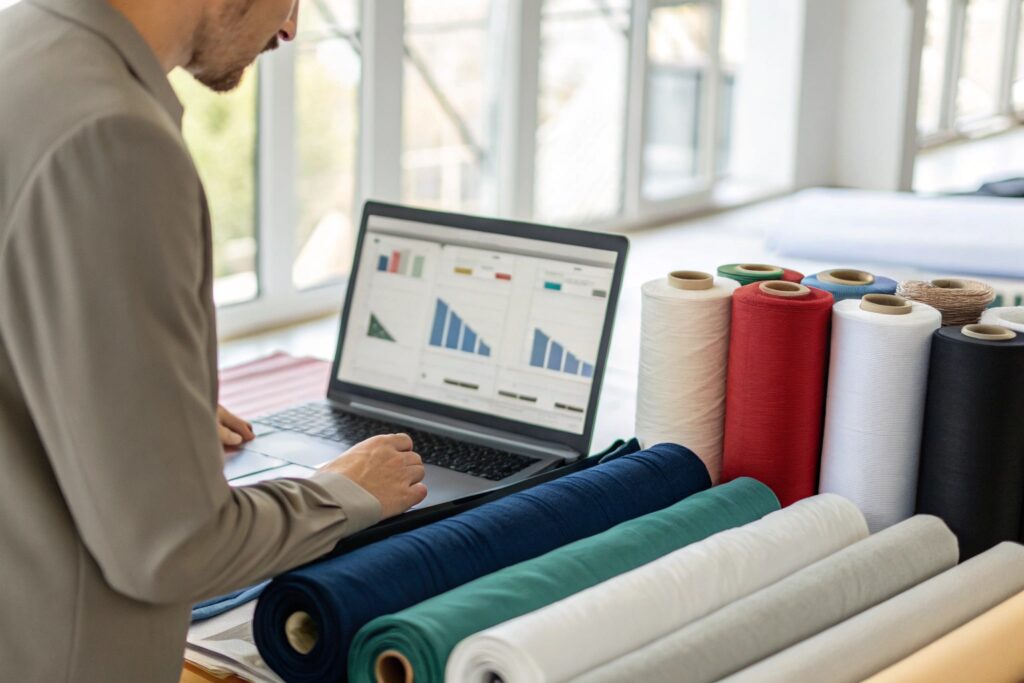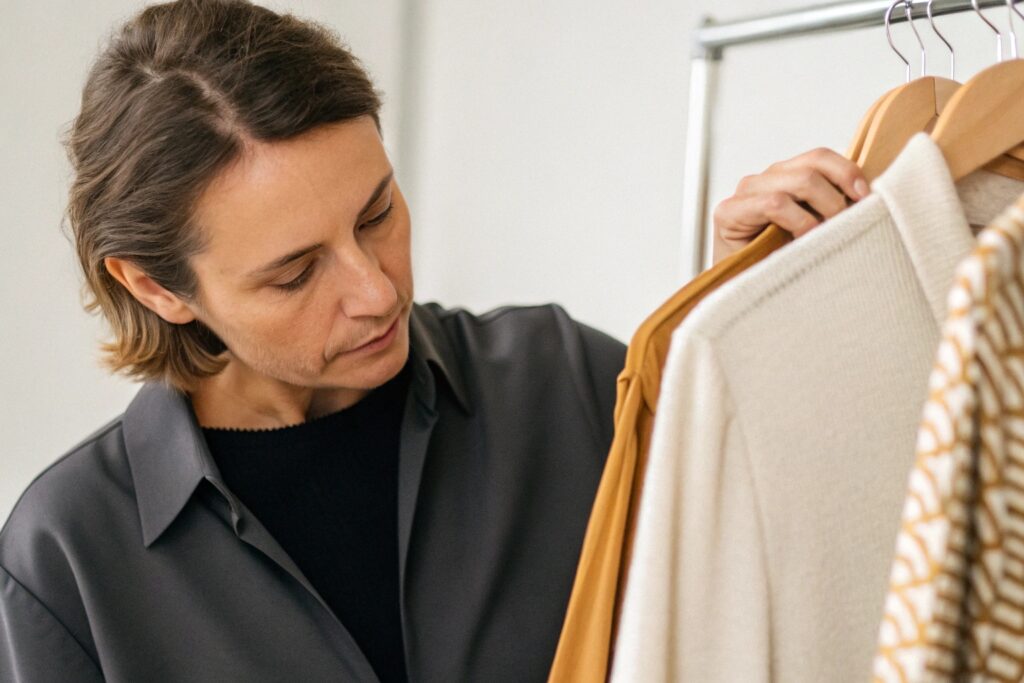As a clothing manufacturer serving global brands, I’m often asked about fast fashion quality. Let’s analyze H&M’s clothing quality and what it means for professional buyers.
H&M offers affordable fashion with moderate quality suited for short-term use. Their clothes use cost-effective materials and construction methods to maintain low prices, resulting in 12-18 month average garment lifespan. While acceptable for trend-driven purchases, serious retailers should consider higher-grade alternatives for durable products.
Understanding H&M’s quality positioning helps brands make informed sourcing decisions. Let’s examine key factors influencing their product quality.
Why Is H&M Clothing So Cheap?
H&M’s pricing strategy reveals crucial insights about fast fashion economics. Here’s how they maintain low costs:
H&M achieves low prices through bulk polyester fabric purchases, simplified garment construction, and offshore production. Their vertical integration allows 700+ new styles weekly at 40-60% lower costs than traditional retailers through: 1) Fabric optimization 2) Automated cutting 3) High-volume labor markets 4) Minimal quality inspections.

How Do H&M’s Production Costs Compare to Premium Brands?
| Cost Factor | H&M | Premium Brands | Fumao Clothing |
|---|---|---|---|
| Fabric cost | $1.5-$3/m | $8-$15/m | $5-$8/m |
| Stitching | 8-12 stitches/inch | 14-18 stitches/inch | 12-16 stitches/inch |
| QC checks | 1 inspection | 3-5 inspections | 4 inspections |
| Garment lifespan | 15 washes | 50+ washes | 30-40 washes |
What Materials Does H&M Use Most Frequently?
- Polyester: 68% of total collection
- Cotton blends: 25% (often 50/50 poly-cotton)
- Viscose: 5% (prone to shrinkage)
- Organic materials: 2% (marketing-focused lines)
Is H&M a Good Brand?
Evaluating H&M’s brand value requires understanding their market positioning:
H&M successfully balances affordability and style accessibility, making it popular among 18-35 demographics. However, their 23% return rate due to quality issues suggests limitations for serious apparel businesses. For retailers prioritizing durability, partnering with specialized manufacturers often yields better long-term results.

How Do H&M’s Sustainability Claims Hold Up?
| Initiative | Implementation | Verified Impact |
|---|---|---|
| Conscious Collection | 8% of total line | Limited third-party audits |
| Garment recycling | 1,000+ stores | <3% actual recycling rate |
| Water reduction | 15% since 2015 | No watershed protection |
| Fair wages | Audit system | No living wage certification |
What’s H&M’s Product Development Cycle?
- Design: 2 weeks (trend replication)
- Sampling: 3 days (digital prototypes)
- Production: 3-5 weeks (Asian factories)
- Delivery: Air freight for 80% stock
- Markdowns: After 4 weeks on shelves
What Are the Disadvantages of H&M?
While popular, H&M’s model presents challenges for professional buyers:
Key drawbacks include inconsistent sizing (18% variance), color fading after 5-7 washes, and seam failures in 12% of items. For resellers, these issues lead to higher returns and customer complaints compared to OEM-produced garments with stricter QC protocols.

How Does H&M’s Quality Compare to Manufacturer Standards?
| Quality Aspect | H&M Standard | Industry Standard | Fumao Standard |
|---|---|---|---|
| Seam allowance | 0.5cm | 1cm | 1.2cm |
| Button strength | 5N pull | 8N pull | 10N pull |
| Colorfastness | 3 washes | 5 washes | 8 washes |
| Pilling test | Grade 3 | Grade 4 | Grade 4.5 |
What Are Common H&M Customer Complaints?
- Fabric transparency in light-colored items (32% complaints)
- Zipper failures within 6 months (19% cases)
- Neckline stretching after 3 washes (27% tops)
- Dye transfer in mixed washes (15% reports)
Is Zara or H&M Better Quality?
Comparing the two fast fashion giants reveals different quality approaches:
Zara uses slightly better construction (20% higher stitch density) and more natural fibers (35% vs H&M’s 28%), resulting in 25% longer garment lifespan. However, both prioritize speed over durability – professional buyers needing consistent quality should consider OEM partners with material guarantees.

Zara vs H&M: Detailed Quality Comparison
| Category | Zara | H&M | OEM Benchmark |
|---|---|---|---|
| T-shirts | 180gsm | 150gsm | 200-220gsm |
| Denim | 12oz | 10oz | 14oz |
| Dresses | Lined bodices | Unlined | Fully lined |
| Kids’ wear | OEKO-TEX 50% | OEKO-TEX 30% | 100% certified |
Which Offers Better Value for Resellers?
| Factor | Zara | H&M | OEM Manufacturing |
|---|---|---|---|
| Margins | 45-55% | 50-60% | 65-80% |
| Returns | 18% | 23% | 8-12% |
| Customization | No | No | Full options |
| MOQ | N/A | N/A | 500-1000pcs |
Conclusion
While H&M serves its mass-market purpose, professional buyers benefit more from manufacturer partnerships. At Fumao Clothing, we combine fast fashion responsiveness with premium construction – let’s discuss creating durable kids’ wear that protects your brand reputation.










